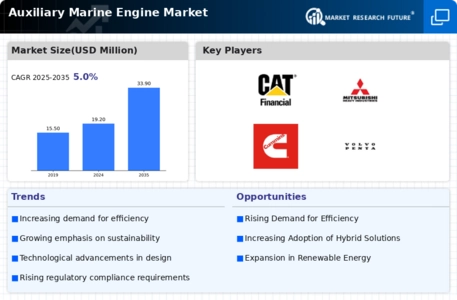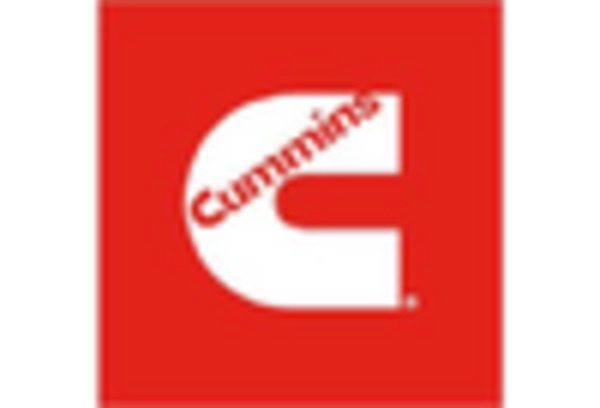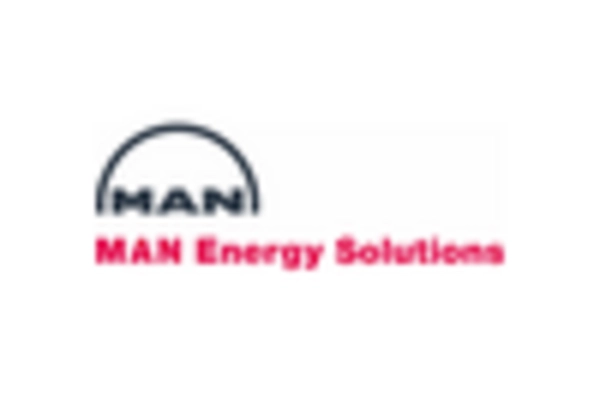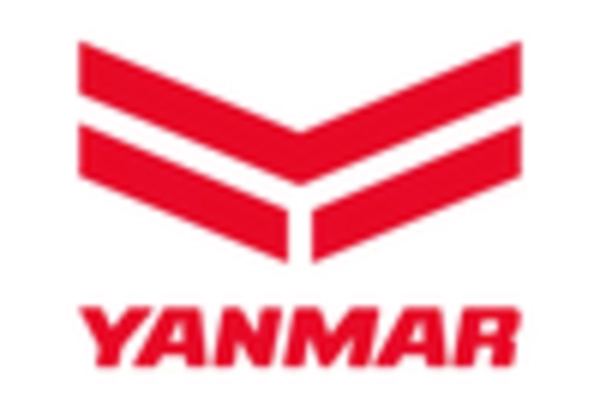Market Trends
Key Emerging Trends in the Marine Auxiliary Engine Market
The marine auxiliary engine market is witnessing significant growth and innovation, driven by advancements in engine technology, changes in maritime regulations, and the increasing demand for auxiliary power solutions in the marine industry. Marine auxiliary engines serve as secondary power sources on ships and vessels, providing electricity generation, propulsion assistance, and operational support systems such as pumps, compressors, and refrigeration units. One notable trend in this market is the development of efficient, reliable, and environmentally friendly auxiliary engines that meet the stringent requirements of modern maritime operations.
One of the key drivers of growth in the marine auxiliary engine market is the increasing demand for energy-efficient and emissions-compliant power solutions to reduce fuel consumption and environmental impact. With rising fuel costs, stricter emission regulations, and growing environmental concerns, shipowners and operators are seeking auxiliary engines that offer higher fuel efficiency, lower emissions, and compliance with international maritime regulations such as IMO Tier III and EPA Tier 4. Manufacturers are developing auxiliary engines with advanced fuel injection systems, exhaust gas aftertreatment technologies, and electronic control systems to optimize fuel consumption and reduce harmful emissions such as nitrogen oxides (NOx) and particulate matter.
Moreover, advancements in engine design, materials, and manufacturing processes are driving innovation and differentiation in the marine auxiliary engine market. Manufacturers are developing auxiliary engines with lightweight and compact designs, enabling easier installation and integration into existing vessel configurations. Additionally, advancements in materials such as aluminum alloys, high-strength steels, and composite materials enable the production of more durable and corrosion-resistant engine components, enhancing reliability and longevity in marine environments.
Another significant trend in the marine auxiliary engine market is the integration of hybrid propulsion systems and alternative power sources to improve efficiency, flexibility, and sustainability in maritime operations. Hybrid propulsion systems combine traditional internal combustion engines with electric motors, battery storage systems, and energy recovery technologies to optimize power distribution and reduce fuel consumption. Additionally, alternative power sources such as liquefied natural gas (LNG), hydrogen fuel cells, and renewable energy sources such as solar and wind power are being explored as potential options for marine auxiliary power generation, offering cleaner and greener alternatives to traditional fossil fuels.
Furthermore, the increasing adoption of digitalization and connectivity solutions is driving demand for smart and integrated auxiliary engine systems that enable remote monitoring, diagnostics, and predictive maintenance capabilities. Smart auxiliary engines incorporate sensors, telemetry systems, and onboard computers to collect real-time data on engine performance, fuel consumption, and operational parameters, enabling shipowners and operators to optimize vessel efficiency, reduce downtime, and minimize maintenance costs. Additionally, remote monitoring and diagnostics capabilities allow for proactive maintenance scheduling, troubleshooting, and performance optimization, enhancing reliability and availability of auxiliary power systems on ships and vessels.

















Leave a Comment